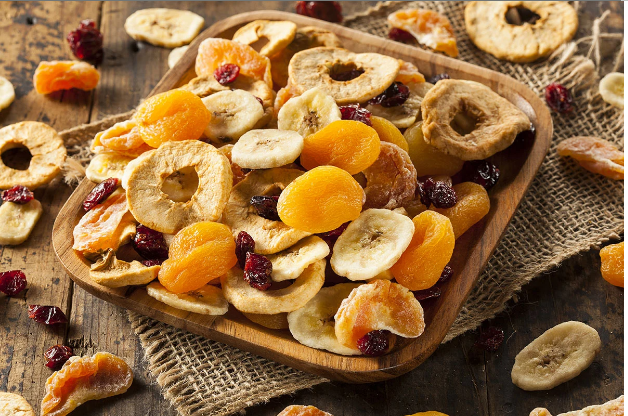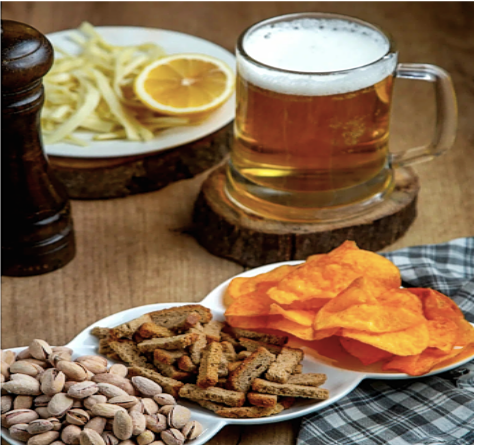Your cart is currently empty!
Medical Uses Of Peanuts
The medical uses of peanuts are extensive throughout history. The cultivated peanut is the hard, ripe, nutlike seed or bean of an annual herbaceous vine of the pea family. It is indigenous to South America, having originated in Bolivia at the base of the eastern slopes of the Andes.
Some scientists, however, have noted strong resemblances between ancient forms carved into rock found at various Peruvian archaeological sites. Alternatively, the Asian families of peanuts were researched by Carl O. Sauer, a professor of geography and formerly with the University of California at Berkeley. His hypothesis in his Handbook of South American Indians is that the peanut may have originally come from somewhere in Asia. It was only possible when the trans-Pacific oceanic crossing was linking these land masses in ancient times.
Peanuts Flourish In South America
The peanut is a native South American legume. Macrofossil and starch grain data show peanuts moved into the Zaña Valley in Northern Peru 8,500 years ago, presumably from the eastern side of the Andes Mountains. However, the hulls found there do not have similar characteristics to modern domestic peanuts. When the first American and European explorers expanded their reach south in the New World, they considered peanuts a scientific discovery. People widely knew and grew this cultivated peanut species throughout the tropical and subtropical areas of the southern hemisphere. The early Spanish and Portuguese explorers found the Indians developing the peanut in several regions. In the modern day, these countries include the West Indian Islands in Mexico, on Brazil’s northeast and east coasts, in the warm land of the Rio de la Plata basin (Argentina, Paraguay, Bolivia, extreme southwest Brazil), and extensively in Peru.

In 1535, the Spanish Captain Gonzalo Fernandez de Oviedo y Valdes was appointed historiographer of the New World. He wrote about the first peanuts being found in North America. Records show that it wasn’t until the early 1800s that peanuts were grown as a commercial crop in the U.S. They were first produced in Virginia and used mainly for oil, food, and cocoa. This is one of the multiple medical uses of peanuts.
The Ultimate Aztec Toothache Remedy
Ethnobotanical remains of the cultivated peanut have been found in the Tehuacàn Valley, Pueblo state, Mexico, dating from approximately 100 B.C. Peanuts played an essential part in ancient Aztec folk medicine. Friar Bernardino de Sahagun made an illustrated, encyclopedic study of the Aztecs in 1566 in which he wrote about the peanut. In the Nahuatl language (which the Aztecs spoke), it was called tlalcacauati (from tlatle, meaning earth; and cacauatl, meaning cacao seed) or “earth cocoa bean.”
The Aztecs prepared a peanut paste, similar to peanut butter, as a remedy for toothaches. Father Sahagun (1560s A.D.) mentioned the ancient Aztec treatment in his writings.
Peanut Butter Is An Ideal Food For Sufferers Of Anorexia
Anorexia nervosa is an intense fear of becoming fat and the consequent act of self-imposed starvation. It affects women more than men. Two of the most evident signs are significant weight loss and the absence of menstruation. This dramatic syndrome adversely affects the nervous, gastrointestinal, cardiovascular, and reproductive systems. Emotional factors are also to blame, including perfectionist personality, low self-esteem, high self-expectations, and an over-acceptance of the culturally condoned ideal of slimness. If continued long enough, death can result.
Doctors recommend peanut butter to have them tolerably nourished. While at the same time allowing them to indulge in their very determined pronounced weight losses. Failure to address these conditions promptly leads to health problems for some individuals. Having a single indulgence food is essential to their treatment. The medical use of peanuts here creates a much needed process to get more easy calories.
Many attribute their success with peanuts to helping underweight people, primarily women, but changing over time, they successfully recuperate from a lengthy illness and regain their weight. Peanuts contain about 26 percent protein. This is higher than dairy products, eggs, fish, and many cuts of meat.
National Peanut Council
In fact, the National Peanut Council claims that a glass of milk and two peanut butter sandwiches provide 83 percent of a growing child’s daily need for protein. The total food energy in one pound of peanut butter equals 2 pounds of steak, a gallon of milk, or 32 eggs. Peanuts contain many of the essential B-complex vitamins, including thiamine, riboflavin, and niacin, as well as appreciable amounts of calcium, phosphorus, potassium, iron, and magnesium. Also included in these nuts are a balanced share of calories for a standard diet, but no cholesterol.
A diet of peanuts in different forms can make all the difference for anorexia. It could indeed spell the distinction between life and death. Thanks mainly to a simple diet of peanuts and water .

Anti-Bleeding Factor Found in Peanuts
Three decades ago, researchers isolated a hemostatic factor from peanuts and reported it in the scientific literature. Doctors in Washington, DC, and Copenhagen, Denmark, prepared a purified form of the extract for patients. Administered orally only to hemophiliac patients. An inherited blood disorder marked by a permanent tendency to hemorrhage, spontaneous or traumatic, due to a defect in the blood-coagulating mechanism is hemophilia.
Medical researchers who worked with this factor in peanuts believed it was a protease inhibitor that accounted for the clotting action. The frequent consumption of peanut flour, they think, is the best form in which to obtain this hemostatic factor. This data appeared in Drug Trade News on July 23, 1962.
Peanut Leaves Are Good For Insomnia
Mainland China has been using peanut leaves for about three centuries. Its uses include treatment for hemorrhages, hypertension, and elevated cholesterol levels. The Journal Of Chinese Traditional and Herbal Drugs in 1987 stated that a water extract from peanut leaves caused mice to sleep for half an hour immediately. The mice were fed 125 times the sedative dose for three days with no observed toxic side effects.
The best way to overcome insomnia is to drink a cup of peanut leaf tea 30 minutes before bedtime. Boil 1 ½ cups water and add two tablespoons of coarsely cut peanut leaves. Remove from heat, cover, and steep for 40 minutes. Strain and drink while still warm on an empty stomach. People still utilize the medical uses of peanuts today for the many health benefits.








